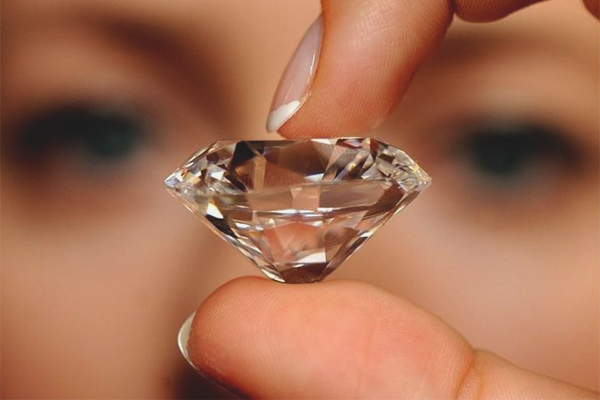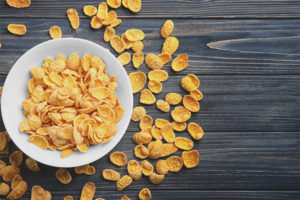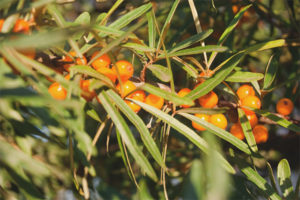The content of the article
Brilliant ... How much in this word! Jewelry with this gem is considered an expensive gift in every sense. However, in our time, when unscrupulous sellers want to weld on inexperienced buyers, you need to be fully armed. A diamond is very easy to confuse with cubic zirconia, the cost of which is negligible compared to a diamond. Therefore, making a purchase, you need to be vigilant and be able to independently distinguish a real diamond from a cheap fake.
What is a diamond
A diamond is a natural stone diamond, which, through processing, is given a special look. A diamond has a certain number of faces - 57 pieces, which allow light to refract as much as possible. This gives the stone an incredible brilliance and radiance. Diamonds are not scratched even with a strong physical impact, because diamond is the strongest stone.The cost of a 1-carat diamond (0.2 grams) varies from 50 to 500 thousand rubles, depending on the clarity of the diamond.
What is fianit
Cubic zirconia is an artificial stone that was invented by Soviet scientists. At first glance, it is quite difficult to distinguish it from a diamond, but after looking closer, you will notice several differences. Cubic zirconia can have more facets than a diamond. Its cost is practically not considered when evaluating jewelry - only precious metal is taken into account. But do not underestimate this artificial stone. He took his rightful place in the manufacture of jewelry. The bad thing is that sometimes they want to give it up as a diamond. To prevent this from happening to you, we will tell you about the differences between these stones.
How to distinguish a diamond from cubic zirconia
Here are some simple ways to help you recognize a fake among gems. Some you can use right in the store before you buy, while others will come up to check your home decorations.
- Hardness. The first method is suitable for determining the stone from the home collection.Carefully inspect the decoration. If there are small scratches on the stone, over time it has faded - you have a fianit in front of you. The diamond is very hard and almost impossible to damage. To check the hardness of the stone, they spend on the glass. The diamond will not suffer and will leave a deep mark, because it is not in vain that the diamond is used in cutting glass. But the fianit may not cope with the glass surface.
- Clearance To evaluate the stone in the store before buying, you need to bring it to the rays of natural light. This can be done only with fairly large copies. This diamond does not let the rays through. Only a cloudy point can be seen through the gem, but the light passes through the fianit unobstructed.
- Temperature. Jewelers know another effective way to distinguish artificial stone from natural. To do this, just put your hand to the product. A real diamond is always a little cool, and a cubic zirconia will heat up from the warmth of your hands.
- Par Breathe on the stone. On the diamond there will be no steam from your breath, but the fianit will sweat easily.
- The form. Get accustomed to the stone.Experienced professionals can distinguish a real diamond from a fake one only in appearance. They say that a diamond has a slightly sharper edge than an artificial stone. In addition, the surface of the cubic zirconia is ideally smooth, as it is made by man. This natural material has small irregularities.
- Stickiness There is another interesting way to check the quality of the stone that is in front of you. Grease it with vegetable oil and attach the largest facet to the glass surface. A real diamond will stick without difficulty, and cubic zirconia will not hold.
- Double light. For the next method of determining the naturalness of the stone, you will need a powerful magnifying glass with a 20-fold magnification. To conduct the experiment you need bright natural light. A well-lit stone should be carefully examined under a magnifying glass. On the verge of a diamond, you will not see bifurcated rays. Fianit, on the contrary, splits all light streams. Imitation diamond can be calculated without much effort.
- Transparency. Dip the stone in a glass of water. A real clean diamond will become invisible if you look at it from the side.This is where the expression “pure diamond” originates, that is, a diamond absolutely transparent in water. Such diamonds are considered the most valuable and expensive. Cubic zirconia will sparkle out of the water and give out its presence. However, this experiment is only suitable for colorless diamonds. If it has its own shade (for example, yellowish), this procedure loses its meaning.
Experiment with fat
These simple physical properties of stones will help you, without any special skills and special equipment, to determine which stone in front of you is a diamond or cubic zirconia. So you can determine the cubic zirconia, which is used to create jewelry. However, if the production of phianite was originally intended to give it off as a gem, then your efforts may be in vain.Modern fianit is very similar to natural rock and it is almost impossible to distinguish it by yourself. In this case, you need to carry the decoration specialist. He using high-precision technology will help determine the quality and origin of the stone.
Having learned to distinguish a real diamond from cubic zirconia, you will not allow yourself to be deceived. And you will pay money only for natural gems.
Video: how to distinguish a diamond from cubic zirconia in a ring



 2 votes, on average: 4,00 out of 5
2 votes, on average: 4,00 out of 5







To send